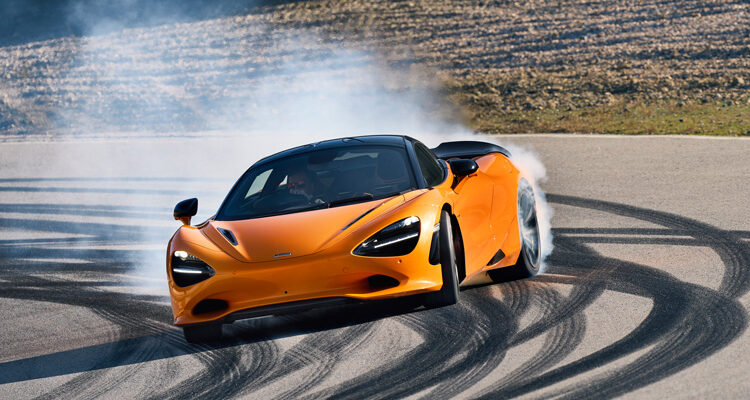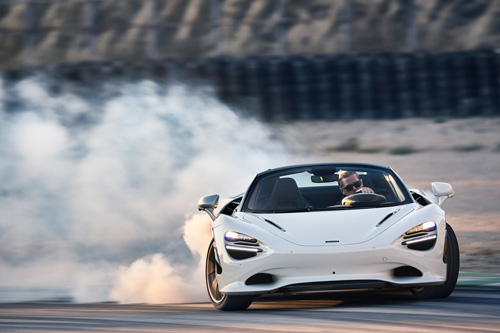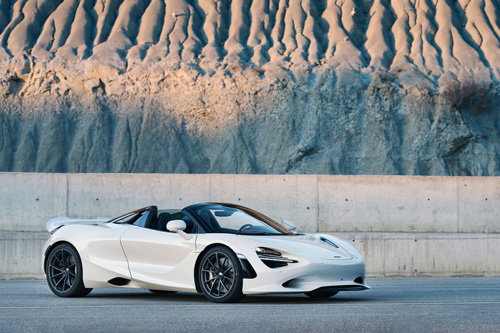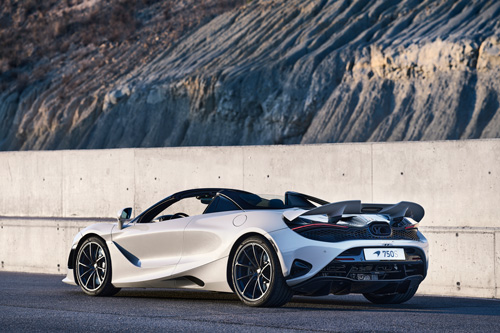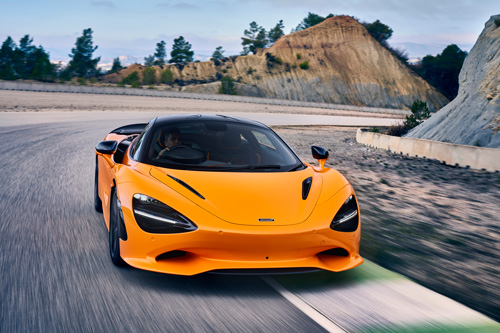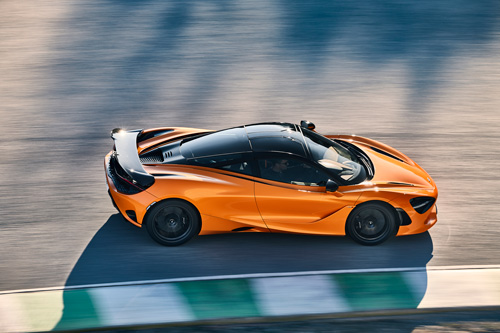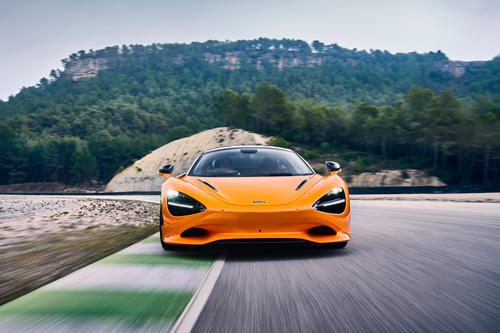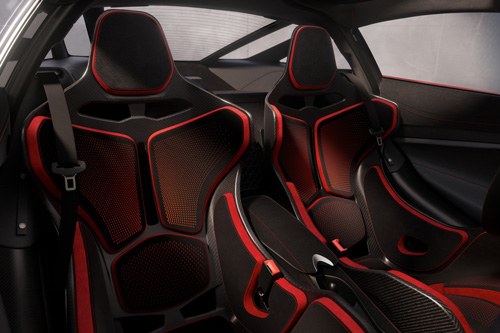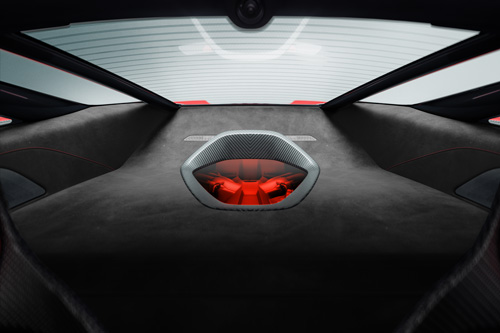On Tuesday, April 25, McLaren Automotive released details on the supercar that replaces the outgoing 720S. While this new effort, the 750S, resembles its predecessor in many areas, it also looks set to raise the bar all over the place. Here are the details.
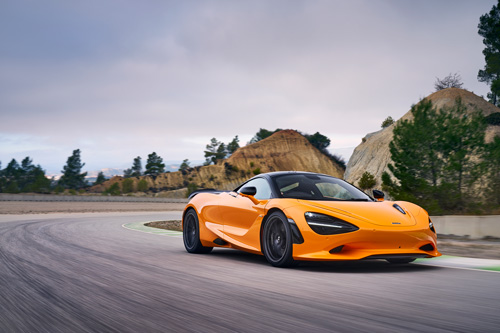
The twin-turbocharged 4.0-litre V-8 engine is retuned to develop 730 hp and 590 pound-feet of torque. The 8-speed dual-clutch automatic has been recalibrated for quicker shifts. The weight of the vehicle has been reduced by around 30 kg, which gives the McLaren an ultra-competitive power-to-weight ratio compared to the competition.
The net result of the increased power, increased torque and reduced weight? The 750S scampers from 0 to 100 km/h in just 2.8 seconds and roars on to surpass the 200-km/h marker in just 7.2 seconds. Aside from these changes, there are a host of other nips, tucks and tweaks to report—in fact, more than 30 percent of the 750S is brand-new compared to the 720S.
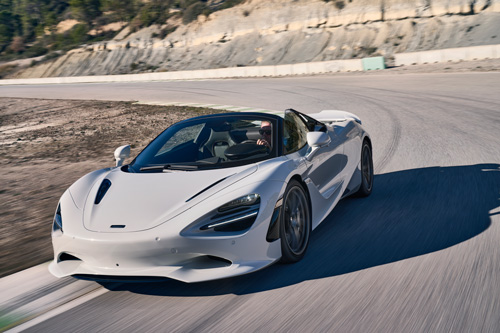
The front track is increased by 6 mm, the suspension geometry is revised, the springs at the front are 3 percent softer and the springs at the back are 4 percent stiffer. The hydraulic steering system carries over from the 720S, but the steering ratio is faster, and a new power-assisted steering pump brings improved feedback and feel.
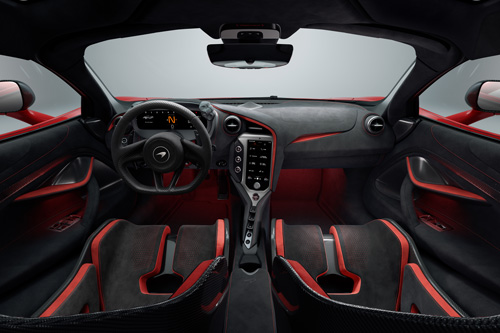
To the naked eye, there are other changes—changes engineered to boost performance even further.
The active rear wing is now 60 mm longer and has 20 percent more surface area than the rear wing on the 720S; this increase in size generates improved stability and reduced braking distances. The front splitter is also larger, the front bumper is redesigned, and the side air intakes are revised to improve engine cooling.
These revisions reflect a holistic approach to supercar design, one that takes into account all four corners of the car and maximizing contact at those corners.
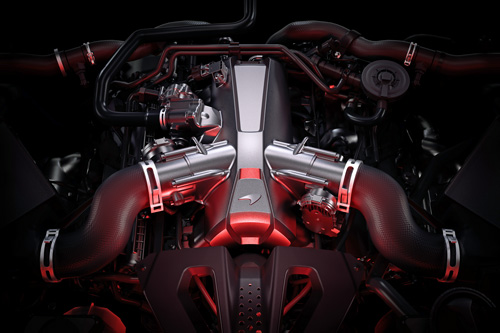
The last time I sampled the McLaren 720S, it was at a track event in Thermal, California, in 2018. While the car was unquestionably fast, it didn’t feel well-suited to the tight nature of the layout we were using—in fact, it felt over-powered. The 720S required a fair amount of patience, waiting for the front end to grip before entering the corner and then pausing to ensure the front wheels were straight before powering away. It wasn’t a car that liked to be tossed around a whole lot, more of a doubled-edged scalpel than a sledgehammer.
Certainly, the engineers at McLaren have spoken about improving on the drivability of the 720S and giving the new supercar a broader range. The changes to the suspension and steering components, alloyed to the revised adaptive suspension software, promise to increase everyday ride comfort and boost track performance. In my book, this sounds like a win-win scenario. Pricing for the McLaren 750S starts at $363,700 for the Coupe and $392,700 for the Spider convertible version.



